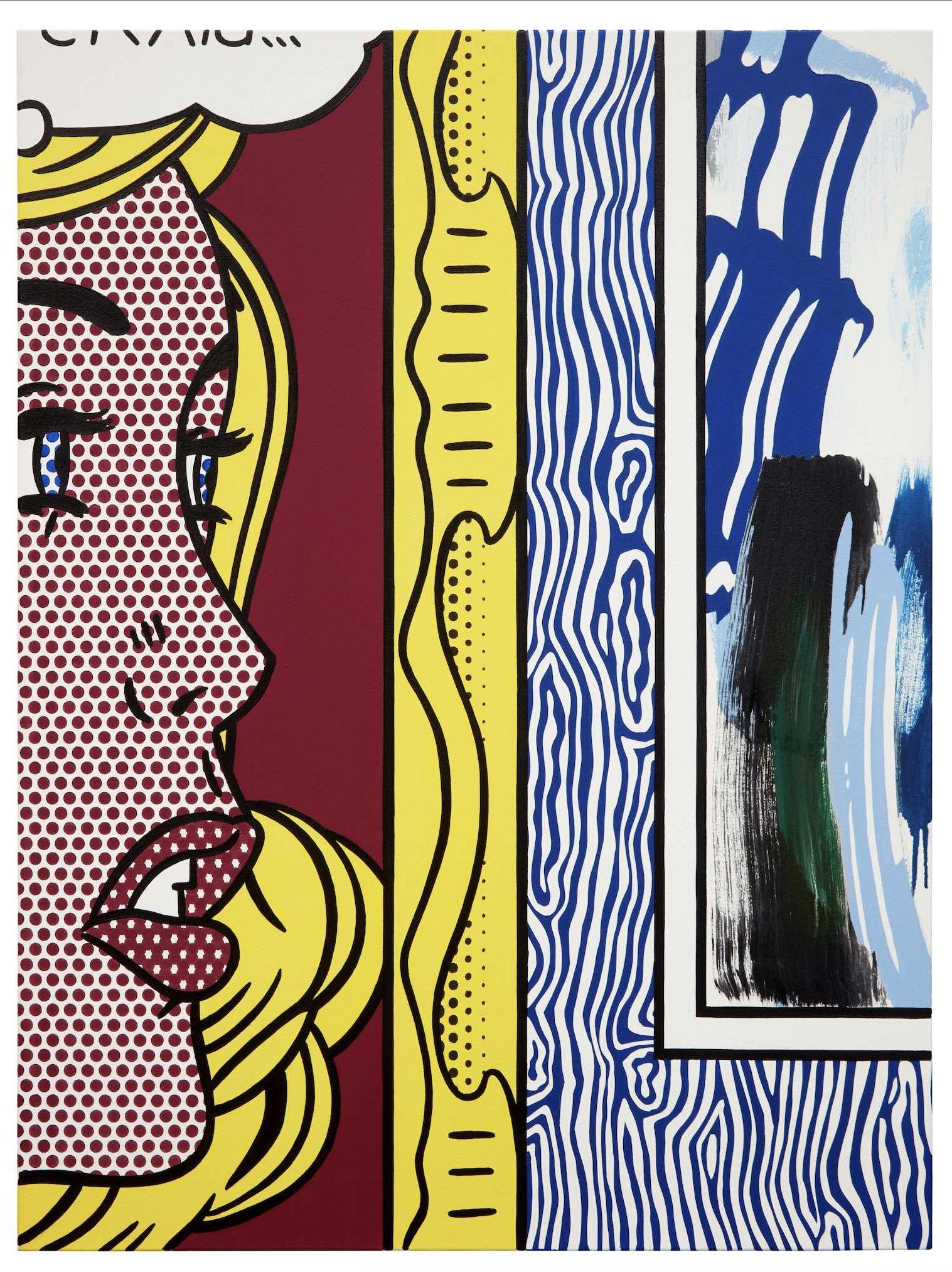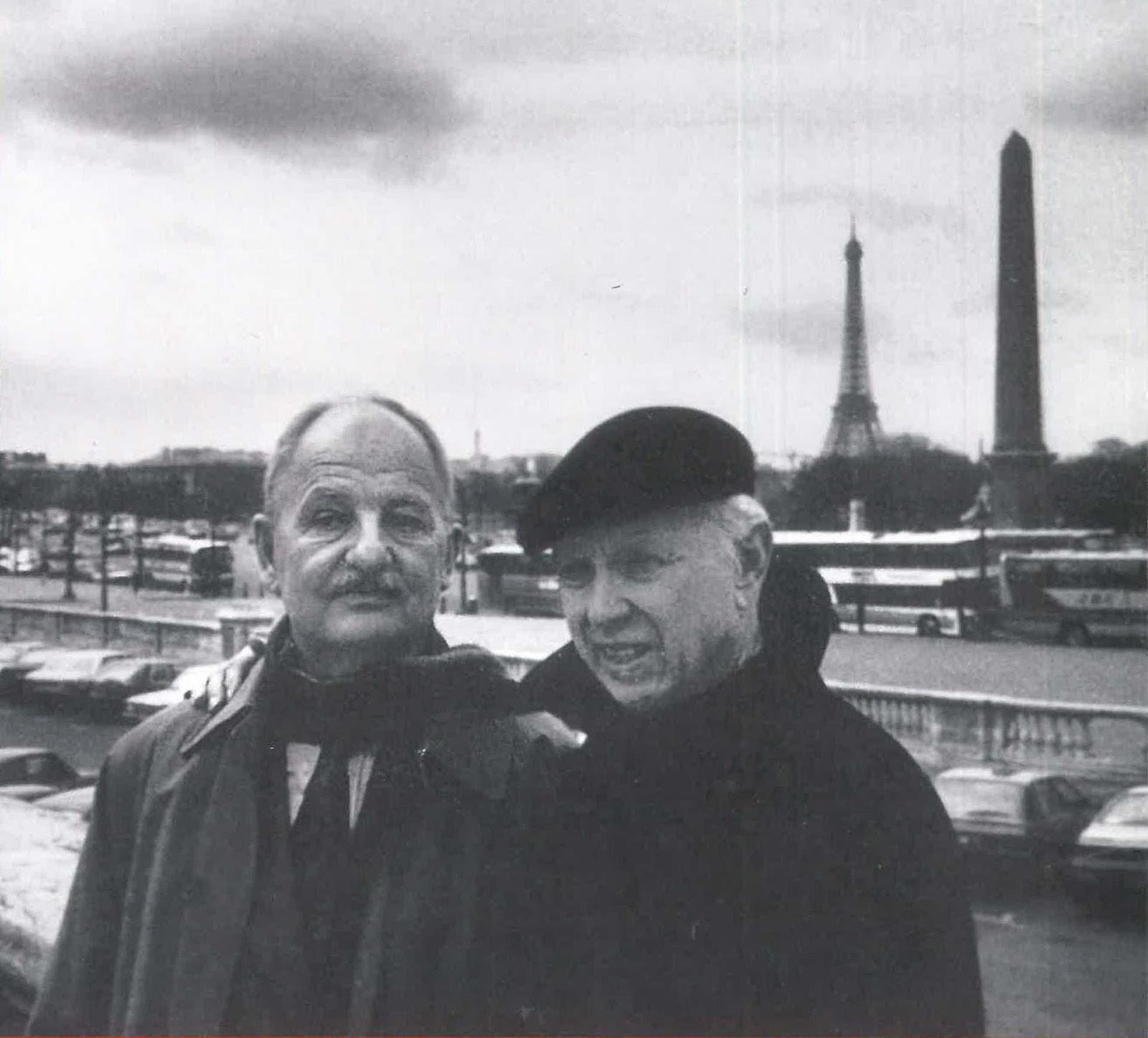A discerning and generous connoisseur, Cramer built an astounding collection of some of the greatest masterworks of his generation. Having produced more than 3,000 hours of televised entertainment, Cramer built an inimitable career on his abiding passion for telling stories. This talent for storytelling is evident throughout Cramer’s collection – ever attuned to the world around him and with a prescient recognition of the zeitgeist, Cramer developed a keen interest in the art of his time and his collection evolved over the years to reflect the changing story of the moment. Beginning in the early 1960s with an interest in prints and drawings by modern masters, Cramer’s confidence in his own eye grew rapidly, and he soon began seeking out work by a younger generation of talent including Roy Lichtenstein, Ellsworth Kelly, and Jasper Johns – all of whom he came to know personally. Lichtenstein in particular proved to have a lasting influence on Cramer’s own creative process, and the artist’s signature pop style even inspired the trademark pop-art graphics used on the Batman series. Cramer even used his commissioning patronage to convince Andy Warhol to make a guest appearance on The Love Boat.
Never one to cling to the sentimentality of the past, Cramer did not limit his collecting passion to the art of his peers, but continued to support new generations of artists for over 50 years. Works by Cecily Brown are strongly represented in the collection by several masterworks of the 1990s and early 2000s, and works by other younger artists such as Elizabeth Peyton, Mark Grotjahn, and Lisa Yuskavage complement an overarching theme of the tensions between abstraction and figuration. While every work is a veritable archetype of each artist’s unique and distinctive practice, the collection presents a sophisticated, insightful narrative of the conceptual and aesthetic developments throughout 20th century mark-making.
The group that will be offered in Sotheby’s Contemporary Evening Auction is led by Lichtenstein’s Two Paintings: Craig… (estimate 12/18 million) – a quintessential expression of the artist’s Pop mode and an important testament to Lichtenstein’s contribution to contemporary art, featuring two of his most iconic motifs: the comic strip blonde and the brushstroke. In reflecting on his own impact on contemporary culture and reproducing his earlier appropriation of mass culture, Lichtenstein renders the ultimate embodiment of his impact on his artistic intentions. Complicating the dichotomy between what constitutes "high" versus "low" culture, the present work illustrates the most important motifs of Lichtenstein's investigation into mass-produced objects and reproduction of romantic comic books, exploring the distinction between the fine art and the commercial imagery that pervades our daily lives. An unparalleled and exquisite survey of Lichtenstein's ever-proliferating pictorial panorama of culture in 1960s America, Two Paintings: Craig… is the last of Lichtenstein's unabstracted archetypal blonde works, a uniquely striking exemplar of this undisputed icon of Post-War American art.
The collection is highlighted by additional works by Lichtenstein, including Small House from 1997 (estimate $600/800,000). An important breakthrough during a late-career moment, Small House is perhaps Lichtenstein’s most concise exploration of illusionistic perspective. A symbol of domesticity, private life, and intimacy, Small House connotes readymade ticky-tacky houses, reproducible architecture, and impenetrable surface. Other exampled from Lichtenstein’s house series are held in prestigious collections such as the National Gallery of Art.
The Cramer collection is distinguished by a depth of collecting for Ellsworth Kelly, including a number of exceptional works on paper in addition to paintings, and ranging from Kelly’s early, radical works of the late 1950s through to his more recent works from the past decade. Standouts from the collection include two exceptional Kelly paintings that have remained in Cramer’s collection since they were acquired shortly after they were completed: Blue Panel with Green Curve from 1989 and White Relief over Black from 2012 (estimate $2.5/3.5 million). Kelly’s Blue Panel with Green Curve from 1989 showcases the artist’s extraordinary achievement as a colorist and sublime mastery of formal composition. Commanding in scale and soaring in its suspension over the wall, the work distills the most essential elements of painting into a potent composition that effuses with tension. An ingenious exploration of asymmetry, exuberant articulation of chromatic dialogue, the painting is a tour de force of minimal abstraction. Executed in 2012, White Relief over Black is a painting of tremendous monochromatic gravitas. Made just a few years prior to the artist’s death, the work is a remarkable testament to the artist’s ceaseless innovation with form, line, and color. Utilizing only the purest shapes and hues, Kelly gives monochromatic schemes the same warmth and vibrancy as his works that explore the color wheel. In addition to these two masterpieces, Cramer’s collection includes Kelly’s powerful Untitled from 1979, sculpted out of weathered steel. An early departure from his painterly practice that paved the way for more exploration of corten as a material in the 1980s, Untitled radiates with a rich warmth, blurring the line between painting and sculpture.
Many works in the collection are fresh to market and are making their world auction debut. This includes Jasper Johns’s Bushbaby from 2005 which was first exhibited by Matthew Marks Gallery in 2006 and acquired by Cramer shortly after the work’s creation. Bushbaby has been included in major exhibitions of the artist’s work, including Focus: Jasper Johns at the Museum of Modern Art, New York in 2008-2009 and Jasper Johns: Gray at the Art Institute of Chicago and the Metropolitan Museum of Art, New York in 2007-2008 – emphasizing the importance of the monochrome in Johns’ oeuvre. Embodying the very best of Johns brilliant meditations of art, Bushbaby shows a mature master returning to the conceptual themes that underpinned his most famous works of the 1960s. Much like his famed flags, maps, or numerals, in the present work, Johns incorporates a familiar repeating motif. These patterns pay homage to early Modern masters Picasso and Cezanne and invoke a rich history of still life and interior painting. While depicting nothing but circles and diamonds on paper devoid of inherent meaning, Johns asks the viewer to consider the duality of art as a set of visual cues and an object. It is this conceptual genius underscoring the materiality of art that marks the artist’s paintings as the pivotal artistic moment of the Twentieth Century, birthing not only Pop Art but Conceptual Art.

























![DEl Kathryn Barton [Australian b. 1972] the more than human love , 2025 Acrylic on French linen 78 3/4 x 137 3/4 inches 200 x 350 cm Framed dimensions: 79 7/8 x 139 inches 203 x 353 cm](/sites/default/files/styles/image_5_column/public/ab15211bartonthe-more-human-lovelg.jpg?itok=wW_Qrve3)



